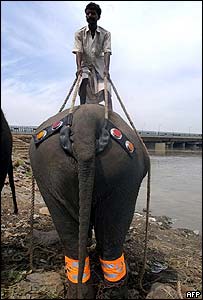You’ve probably been taught that you can tell the difference between African Elephants and Indian Elephants by looking at their head and ears. The larger African Elephants have a rounded cranium and big ears (with a shape somewhat like the continent of Africa itself!), whereas the smaller Indian Elephants have a two-lobed skull and diminutive ears that tuck tidily alongside their heads.
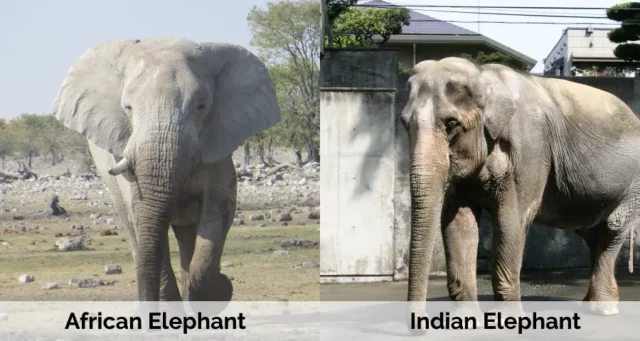
But suppose you don’t manage to get a glimpse at the front end of the elephant as it passes you. What hope is there of identifying the species? Well: you can look at its back!
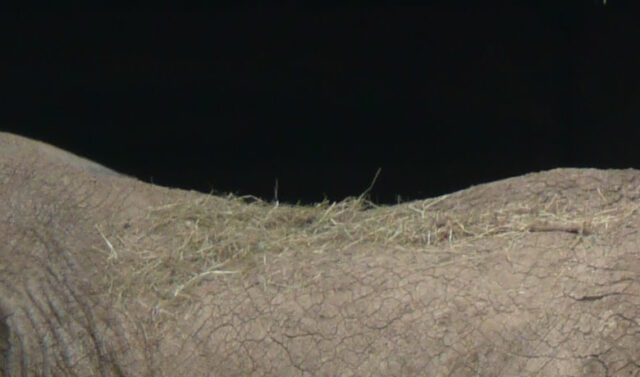
African Elephants, it turns out, have a concave back, whereas Indian elephants have a convex back (a bit like a hump)!
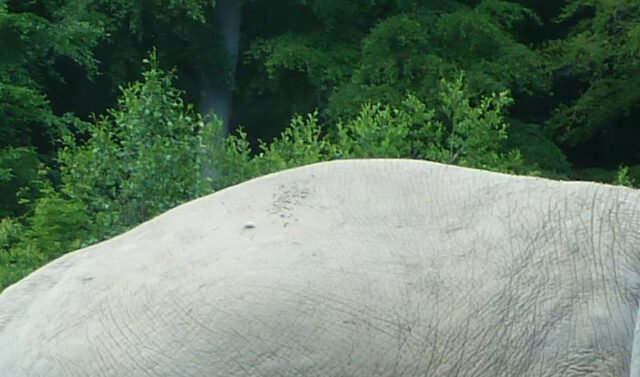
I was having difficulty sleeping one night during the UK‘s current heatwave, so naturally I opted to practice my newfound ability to distinguish elephant species by their spines. Indian, Indian, African, Indian, African, African… etc.
And then I came across this one:
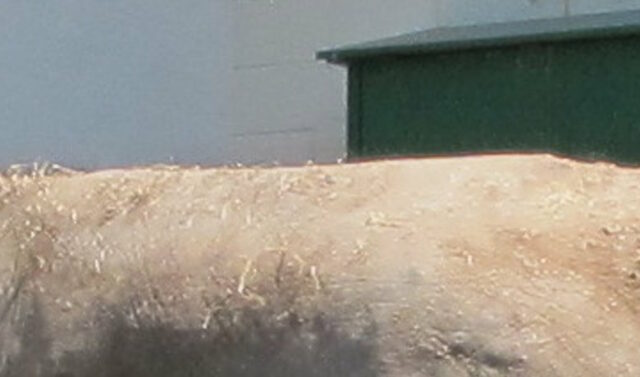
African Elephant backs are concave. Indian Elephant backs are convex. But what does it mean when you see a flat elephant’s back?
It turns out…
…
…that’s a grey area.




